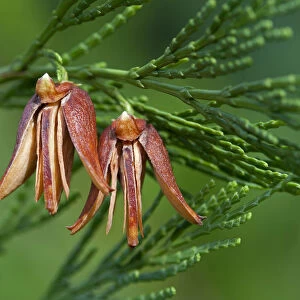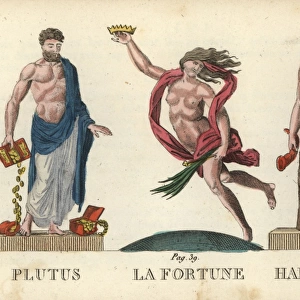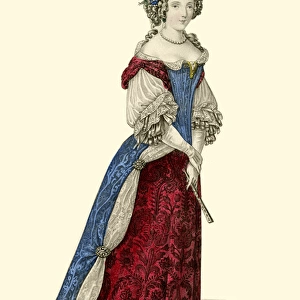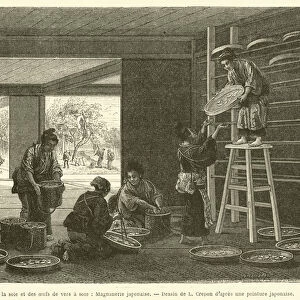Home > Animals > Extinct > Dinosaurs
Dinoceras, Uintatherium anceps, extinct herbivorous
![]()

Wall Art and Photo Gifts from Mary Evans Picture Library
Dinoceras, Uintatherium anceps, extinct herbivorous
Dinoceras, Uintatherium anceps, extinct herbivorous mammal of the Eocene.. Colour printed (chromolithograph) illustration by F. John from Tiere der Urwelt Animals of the Prehistoric World, 1910, Hamburg
Mary Evans Picture Library makes available wonderful images created for people to enjoy over the centuries
Media ID 14212049
© Florilegius / Mary Evans
Anceps Creature Dinosaur Eocene Extinct Hamburg Herbivorous Prehistoric Tiere Urwelt
EDITORS COMMENTS
1. Title: "A Glimpse into the Past: The Herbivorous Mammals Dinoceras and Uintatherium anceps of the Eocene Era" This chromolithograph illustration, created by the skilled hand of F. John, transports us back in time to the Eocene epoch, approximately 50 million years ago. The image showcases two extinct herbivorous mammals, Dinoceras and Uintatherium anceps, which once roamed the Earth. Dinoceras, depicted on the left, was a large, rhino-like creature with a distinctive, spiral-shaped horn on its snout. Its name, meaning "terrible horn," is a nod to this striking feature. The animal's body was covered in a coat of coarse, bristly hair, providing insulation against the cooler climate of the Eocene period. Dinoceras was a grazing herbivore, feeding on the abundant vegetation of its time. On the right side of the illustration, Uintatherium anceps can be seen. This mammal, meaning "mountain beast with one horn," was characterized by its large, flat, and elongated skull, which housed a single, backward-pointing horn. Uintatherium was a more agile creature than Dinoceras, with a more gracile build and long, slender limbs. It, too, was a herbivore, subsisting on the various plant life available during the Eocene. This beautiful and intricately detailed illustration, published in "Tiere der Urwelt" (Animals of the Prehistoric World) in 1910, offers us a glimpse into the diverse and fascinating world of the Eocene epoch. The meticulous work of F. John preserves the memory of these extinct creatures, allowing us to appreciate their unique appearances and roles in Earth's history.
MADE IN AUSTRALIA
Safe Shipping with 30 Day Money Back Guarantee
FREE PERSONALISATION*
We are proud to offer a range of customisation features including Personalised Captions, Color Filters and Picture Zoom Tools
SECURE PAYMENTS
We happily accept a wide range of payment options so you can pay for the things you need in the way that is most convenient for you
* Options may vary by product and licensing agreement. Zoomed Pictures can be adjusted in the Cart.













